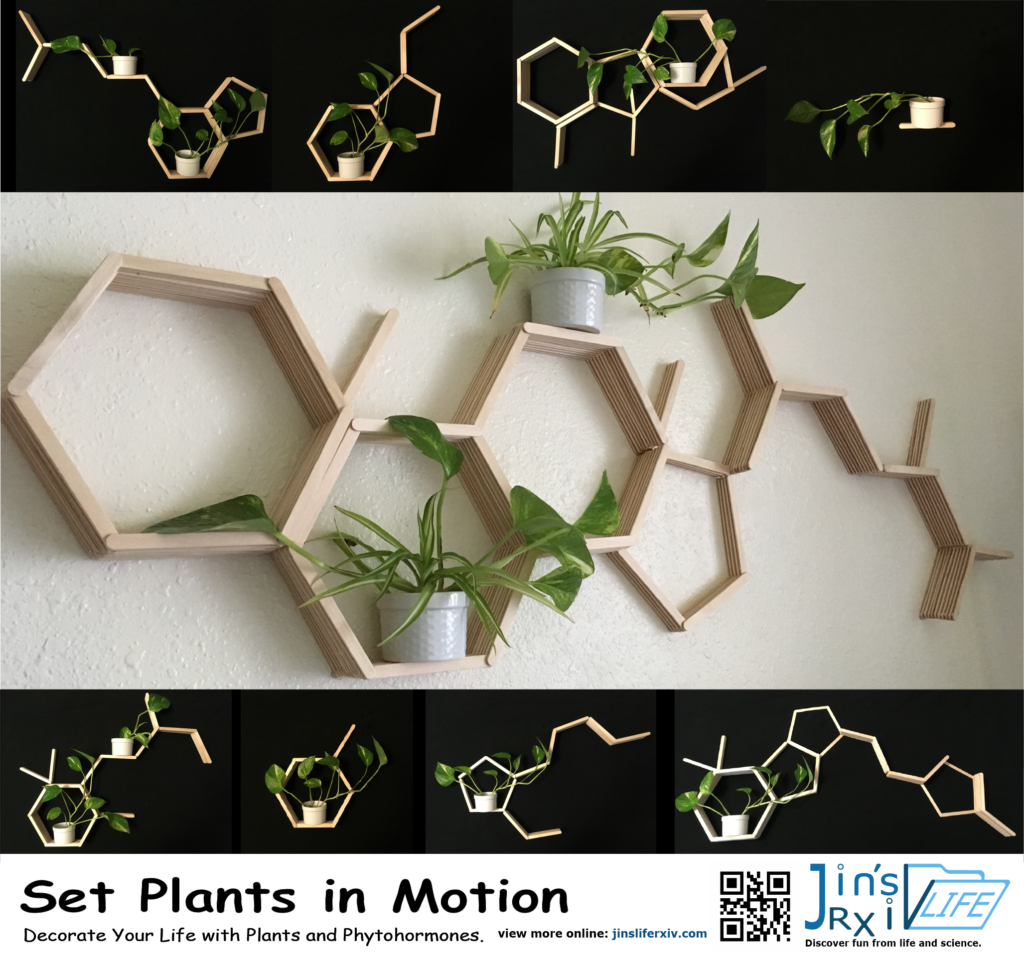
Hormone means “to set in motion” in ancient Greek, they are signal molecules produced in multicellular organisms to regulate physiology. In plant, we call them “phytohormones” specifically. Plants rely on phytohormones to control their development, pathogen defense, and stress tolerance. Unlike animal systems, in which hormones are produced by specialized glands, each plant cell can produce hormones.
Initial studies of phytohormones identified the “Big Five” classes: auxin, cytokinins, gibberellins, ethylene, and abscisic acid. Later, brassinosteroids, jasmonates, salicylic acid and strigolactones are also considered as major phytohormones. Also, several other compounds are found to have similar function to the major hormones (but still debated to be considered “true” phytohormones).
Phytohormones are important. Some of them regulate growth by controlling cell size and cell division. Some of them are well known to control stress and defense response. Complicate crosstalk between each hormone signaling pathways are also be found. Understanding functions of these amazing signal molecules allows us to do agricultural application for better yield or specific purposes.
I recently got this handcraft idea and I think it is worth to share with people who love plant science. Using popsicle sticks and hot glue gun, everybody can easily create chemical structures of plant hormones (and with low cost
Can’t wait to have one in your room? Let’s DIY now!
Hand crafts for home decoration
